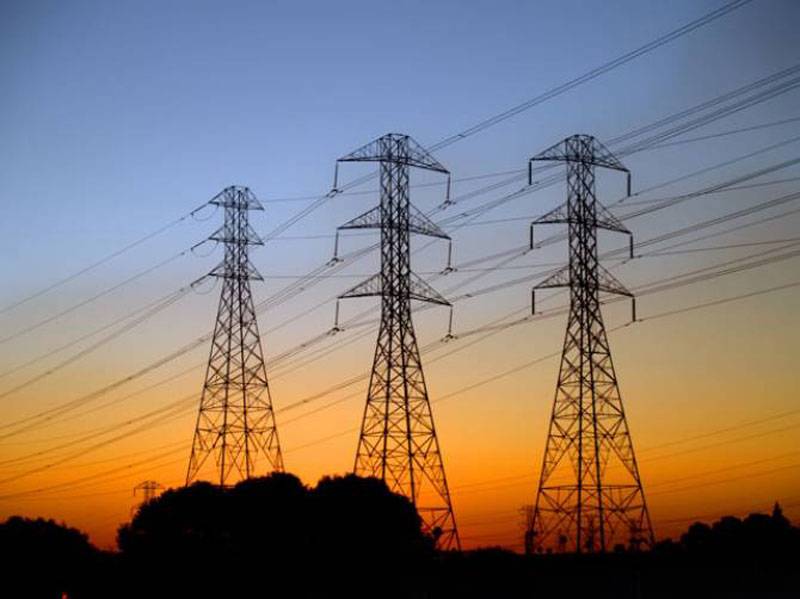Lahore - The current account deficit in fiscal year 2014-15 is expected to decline to $1.9 billion (-0.6% of GDP) and turn into a surplus of $2.3 billion in fiscal year 2015-16 due to high remittances and lower import bill, as oil imports are 32 per cent of the country’s total import bill.
Sustainability of foreign inflows, resolution of energy crisis, and low export and tax base will remain the key challenges for Pakistan economy.
According to financial experts, being net importer of oil, Pakistan will save $5b (2% of GDP) due to lower oil prices. Sharp decline in oil prices is likely to reduce energy cost of manufacturing sector. Energy intensive sectors like textiles, cements and chemicals are expected to benefit most from falling oil prices.
Experts are of the view that rupee would remain stable against US dollar in FY15 & FY16 due to increasing dollar inflows and decline in import bill. While forex reserves could increase further in FY15 to $15.3b due to expected inflows from HBL privatization, IMF receipts and Coalition Support fund (CSF).
Inflation is likely to remain low with expectation of 5.3% for FY15. For FY16, experts anticipate inflation to clock in at 7 per cent as economic activity and demand side pressure will gradually pickup. Due to declining inflation and high real interest rates, experts of Topline Security expect further cut in policy rate by 50bps in 2015 to reach 8%. Further improvement in fiscal deficit is expected during FY15 (5.2% expected) but govt may miss its target of 4.8% due to lower revenues from tax on oil and increased spending on IDPs. In FY16, it is anticipated the fiscal deficit to improve to 4.8% of GDP. Pakistan GDP is anticipated to grow by 4.5% in FY15 led by power sector reforms and declining oil prices. Foreign dollars inflows, minimal impact of floods and improving security situation will further support GDP growth in FY15 and will improve overall investment environment.
In FY16, they expect GDP growth to surpass 5% after a gap of 7 years, due to better availability of electricity and full year impact of lower oil prices. This will take the size of Pakistan GDP to US$278bn in FY15 and $314b in FY16 from $247b in FY14. Govt reform agenda in areas of energy, privatization, taxation and security, if implemented in true spirit, will help the expected growth momentum.
Thursday, November 21, 2024
Energy crisis, low export, tax base key challenges

Ishaq Dar chairs meeting on solarization of agricultural tube wells
12:51 PM | November 21, 2024
Bilawal Bhutto urges federal government to reconsider Indus canal projects
12:27 PM | November 21, 2024
Petition filed in LHC against Bilawal Bhutto and Ayaz Sadiq for election act violation
12:06 PM | November 21, 2024
Pakistan to convert 30% of vehicles to electric by 2030: Aleem Khan
November 21, 2024
Iqbal’s philosophy source of inspiration for humanity, says Saif
November 21, 2024
-
Hunger crisis to increase in South Sudan, warns UN
-
Hunger crisis to increase in South Sudan, warns UN
-
Pakistan’s judiciary champions climate justice at COP29 in Baku
-
Punjab struggles with persistent smog as Met Office forecast rainfall
-
Punjab residents face escalating smog crisis as pollution levels soar across country
-
Qatar says Hamas 'no longer welcome' in Gulf state
Land of Vigilantes
November 21, 2024
United in Genocide
November 21, 2024
Finally Fighting Back
November 21, 2024
Digital Stagnation
November 20, 2024
Xi’s Red Lines
November 20, 2024
Independent Supreme Court
November 21, 2024
Fat Loss Fantasy
November 21, 2024
Tackle Corruption Within School Boards
November 20, 2024
To Be Opportunistic
November 20, 2024
Democratic Backsliding
November 20, 2024
ePaper - Nawaiwaqt
Nawaiwaqt Group | Copyright © 2024





